Home>Garden Essentials>How Do I Start Red Apple Ground Cover
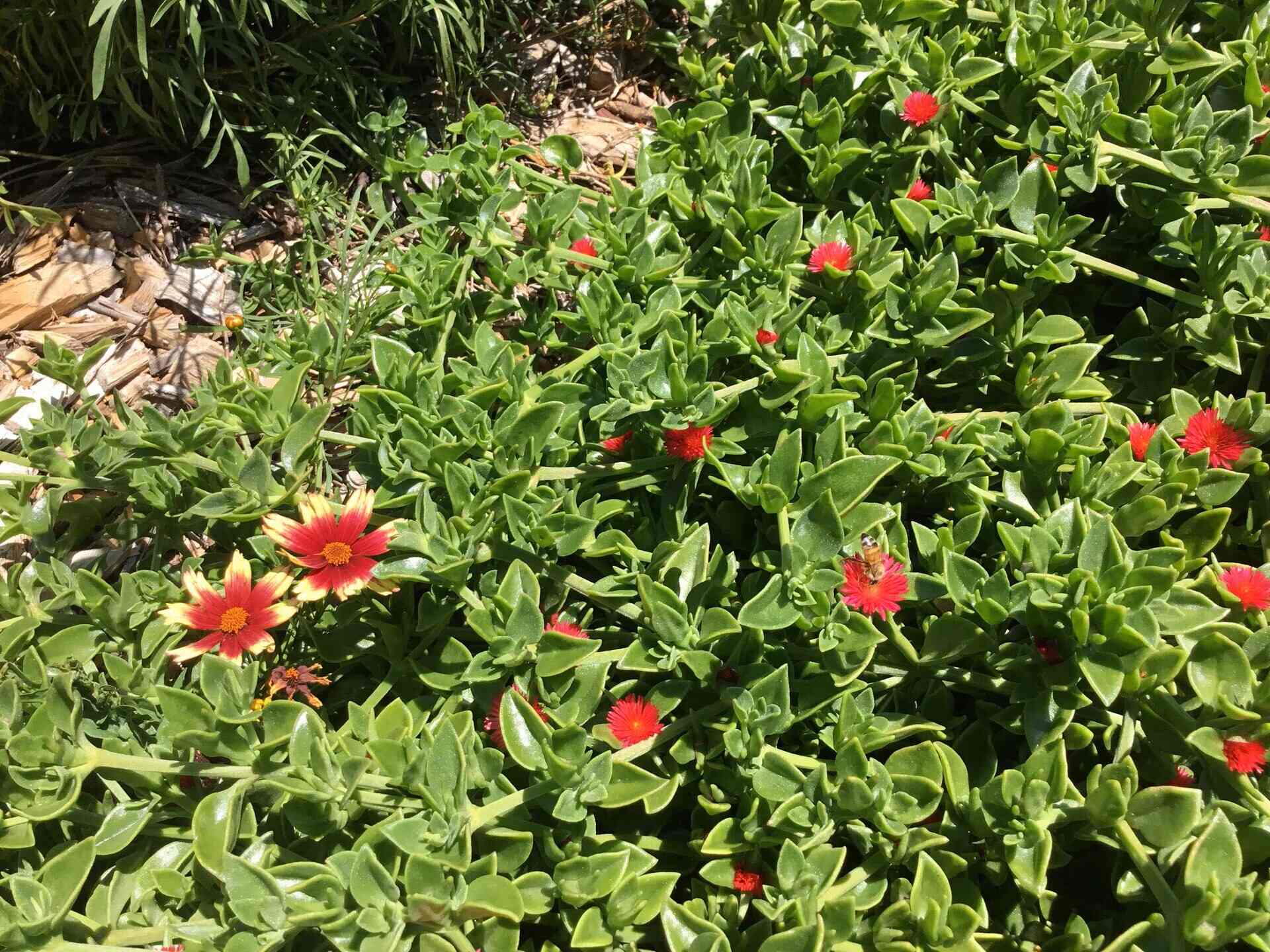

Garden Essentials
How Do I Start Red Apple Ground Cover
Modified: August 27, 2024
Learn how to start red apple ground cover in your garden and create a vibrant and beautiful landscape. From planting to maintenance, we've got you covered!
(Many of the links in this article redirect to a specific reviewed product. Your purchase of these products through affiliate links helps to generate commission for Storables.com, at no extra cost. Learn more)
Introduction
Are you looking to add a splash of vibrant color to your garden? Look no further than Red Apple Ground Cover. This stunning plant not only adds beauty to your landscape, but it also provides practical benefits such as suppressing weed growth and conserving soil moisture. Whether you’re a seasoned gardener or just starting out, this comprehensive guide will walk you through the steps to successfully start and maintain Red Apple Ground Cover.
Red Apple Ground Cover, also known as Ajuga reptans, is a low-growing perennial plant that thrives in various climates and soil conditions. It features lush green foliage and vibrant flower spikes that range in color from deep reds to purple hues. This versatile plant is well-suited for a range of uses, such as ground cover in flower beds, along walkways, or as an accent in rock gardens.
Now, let’s get started on your Red Apple Ground Cover journey!
Key Takeaways:
- 1. Prepare the ground by clearing, testing soil pH, and improving soil structure to create an optimal environment for Red Apple Ground Cover to thrive. This sets the foundation for healthy growth and reduces the risk of plant diseases.
- 2. Choose the right variety based on growth habit, flower color, and hardiness. Consider factors such as sunlight exposure and soil moisture levels to select a variety that suits your garden’s needs and preferences.
Read more: How To Start Hillside Ground Cover
Step 1: Preparing the Ground
Before planting Red Apple Ground Cover, it’s essential to prepare the ground properly. This step sets the foundation for a thriving and healthy plant. Follow these guidelines to ensure your ground is ready:
- Clear the area: Start by removing any existing vegetation, such as weeds or grass, from the planting area. Use a garden fork or tiller to loosen the soil, making it easier to remove the unwanted plants.
- Amend the soil: Red Apple Ground Cover thrives in well-draining soil. Test the soil pH using a soil testing kit, and aim for a slightly acidic to neutral pH level between 6.0 and 7.0. If the pH is too high or low, adjust it by adding the appropriate amendments, such as lime to raise the pH or sulfur to lower it.
- Improve soil structure: If your soil is heavy clay or sandy, improve its structure by adding organic matter. Incorporate well-rotted compost, aged manure, or peat moss into the top 6-8 inches of soil. This improves drainage and enhances nutrient availability.
- Level the ground: Use a garden rake to level the ground and remove any large rocks or debris. A smooth and even surface will make it easier to plant the ground cover and ensure proper water distribution.
By following these steps, you create an optimal environment for Red Apple Ground Cover to thrive. Taking the time to prepare the ground pays off in the long run, promoting healthy growth and reducing the risk of plant diseases or nutrient deficiencies.
Step 2: Choosing the Right Red Apple Ground Cover Variety
When it comes to choosing the right Red Apple Ground Cover variety, there are a few factors to consider. Different varieties may vary in their growth habits, flower color, and overall hardiness. Here’s what you need to know:
- Growth Habit: Red Apple Ground Cover comes in two main growth habits: clump-forming and spreading. Clump-forming varieties tend to stay in tight clusters and are ideal for small areas or borders. Spreading varieties, on the other hand, rapidly fill in broader spaces and are perfect for larger areas that require extensive coverage.
- Flower Color: One of the distinguishing features of Red Apple Ground Cover is its vibrant flower spikes. While most varieties produce flowers in shades of deep reds and purple, some may have variations, such as pink or white blooms. Consider the desired color scheme in your garden and choose a variety that complements it.
- Hardiness: Red Apple Ground Cover is typically hardy in USDA hardiness zones 4 through 9. However, different varieties may have specific hardiness levels within this range. Check the specific variety’s hardiness rating to ensure it is suitable for your region’s climate.
- Other Considerations: Take into account the specific conditions in your garden, such as sunlight exposure and soil moisture levels. Some Red Apple Ground Cover varieties thrive in full sun, while others tolerate partial shade. Similarly, certain varieties are more tolerant of wet or dry soil conditions. Choose a variety that aligns with the conditions of your garden.
By considering these factors, you can select the perfect Red Apple Ground Cover variety that suits your garden’s needs and preferences. Take the time to research different varieties and consult with local gardening experts for additional guidance.
Step 3: Planting Red Apple Ground Cover
Now that you have prepared the ground and chosen the right Red Apple Ground Cover variety, it’s time to proceed with the planting process. Follow these steps to ensure successful establishment of your ground cover:
- Timing: The ideal time to plant Red Apple Ground Cover is in the spring or fall when the weather is mild. Avoid planting during extreme heat or cold, as it can stress the young plants.
- Spacing: Before planting, determine the appropriate spacing based on the specific variety’s growth habit. For clump-forming varieties, space them approximately 6-8 inches apart. Spreading varieties should be placed around 12-18 inches apart to allow room for them to fill in the area.
- Digging the holes: Dig holes that are slightly larger than the root ball of each plant. Ensure the holes are deep enough to accommodate the roots and allow the plants to sit at the same level as they were in their containers.
- Planting: Gently remove the Red Apple Ground Cover plants from their containers and place them in the prepared holes. Fill in the gaps around the roots with soil, lightly firming it to remove any air pockets. Water the newly planted ground cover thoroughly.
- Mulching: Apply a layer of organic mulch, such as shredded bark or compost, around the plants. Mulching helps retain moisture, suppresses weed growth, and regulates soil temperature. Ensure the mulch is about 2-3 inches deep, taking care not to pile it against the stems of the plants.
- Watering: After planting, provide ample water to help the Red Apple Ground Cover settle in. Keep the soil consistently moist, but avoid overwatering, as it can lead to root rot. Adjust the watering frequency as needed based on weather conditions and soil moisture levels.
Following these planting guidelines will give your Red Apple Ground Cover the best possible start for healthy growth. Regularly monitor the plants during the first few weeks to ensure they are adapting well and make any necessary adjustments to watering or sun exposure.
Step 4: Watering and Fertilizing Red Apple Ground Cover
Proper watering and fertilizing are crucial for the health and growth of Red Apple Ground Cover. Follow these guidelines to ensure your plants receive the necessary nutrients and moisture:
- Watering: Red Apple Ground Cover thrives in moist soil but can tolerate short periods of drought once established. Water regularly, especially during dry spells, to keep the soil consistently moist but not waterlogged. Avoid overwatering, as it can lead to root rot. Use your fingers or a moisture gauge to determine the moisture level of the soil before watering.
- Watering Technique: Water deeply and thoroughly to encourage the roots to grow deep into the soil. Avoid shallow and frequent watering, as it promotes shallow root growth, making the plants more susceptible to drought. Irrigate at the base of the plants, avoiding overhead watering whenever possible to prevent fungal diseases.
- Fertilizing: Red Apple Ground Cover is generally low-maintenance and does not require heavy feeding. However, a balanced, slow-release fertilizer in the spring can provide a nutrient boost. Follow the manufacturer’s instructions for the appropriate application rate and apply the fertilizer around the plants, taking care not to sprinkle it directly on the foliage.
- Organic Fertilizer Option: If you prefer organic options, consider using compost or well-rotted manure as a natural fertilizer. Apply a thin layer around the plants in the spring and gently work it into the soil surface.
- Mulching: Maintain a layer of organic mulch around the Red Apple Ground Cover plants, replenishing it as needed. The mulch helps conserve soil moisture, suppresses weed growth, and adds organic matter to the soil as it decomposes.
By following these watering and fertilizing guidelines, you can ensure that your Red Apple Ground Cover remains healthy, lush, and vibrant throughout the growing season. Remember to monitor the plants’ moisture levels and adjust your watering frequency accordingly. Regularly inspect the plants for signs of nutrient deficiencies and make necessary adjustments to your fertilization routine.
To start red apple ground cover, prepare the soil by removing weeds and adding compost. Plant the red apple ground cover plants about 12 inches apart and water them regularly until established. Apply a layer of mulch to help retain moisture and suppress weeds.
Read more: How Do I Choose Ground Cover
Step 5: Maintaining Red Apple Ground Cover
Maintaining Red Apple Ground Cover is relatively easy, but it does require some regular care to keep it looking its best. Follow these maintenance tips to ensure the health and vitality of your ground cover:
- Regular Inspections: Take the time to regularly inspect your Red Apple Ground Cover for any signs of pests, diseases, or weed growth. Early detection allows for prompt action to prevent issues from spreading and causing damage.
- Pruning: If your Red Apple Ground Cover starts to spread beyond its intended area or becomes overcrowded, trim back the excess growth to maintain a neat appearance. Pruning also helps to encourage new growth and improve air circulation, reducing the risk of disease.
- Weed Control: Keep an eye out for weeds and promptly remove them. Weeds can compete with Red Apple Ground Cover for nutrients, water, and space. Regular weeding helps prevent them from overtaking your ground cover.
- Dividing and Propagating: Over time, Red Apple Ground Cover may become dense and start to lose vigor. To rejuvenate the plants, consider dividing them every few years. Carefully lift the plants, separate them into smaller clumps, and replant them in well-prepared soil. This process helps control their spread and promotes healthy growth.
- Protection in Winter: In colder regions, provide winter protection for your Red Apple Ground Cover by applying a layer of mulch or straw around the plants. This helps insulate the roots and prevent frost damage.
- Regular Feeding: While Red Apple Ground Cover is generally low-maintenance, it benefits from occasional feeding. Apply a slow-release, balanced fertilizer in the spring to provide the necessary nutrients for healthy growth.
By following these maintenance tips, you can keep your Red Apple Ground Cover looking lush, vibrant, and healthy throughout the year. Regular care and attention will ensure that your ground cover remains a beautiful addition to your garden.
Step 6: Troubleshooting Common Issues
While Red Apple Ground Cover is generally resilient, it may encounter some common issues that can impact its health and appearance. Here are a few troubleshooting tips for addressing these problems:
- Pests: Common pests that may affect Red Apple Ground Cover include aphids, slugs, and snails. Monitor your plants regularly and take appropriate measures to control these pests. Use organic insecticidal soap or create natural barriers, such as copper tape, to deter slug and snail damage.
- Diseases: Red Apple Ground Cover is generally disease-resistant, but it can occasionally be susceptible to fungal diseases like powdery mildew. Ensure proper air circulation by avoiding overcrowding and watering at the base of the plants to prevent moisture on the foliage. If necessary, treat affected plants with appropriate fungicides according to the instructions.
- Weed Encroachment: Despite its ability to suppress weeds, Red Apple Ground Cover may still encounter weed growth. Regularly inspect the area and promptly remove any weeds to minimize competition for resources.
- Yellowing or Browning Leaves: If you notice yellowing or browning leaves, it may be a sign of overwatering or poor drainage. Adjust your watering practices to ensure the soil remains moist but not waterlogged. If necessary, improve the soil drainage by incorporating organic matter.
- Winter Damage: In colder climates, Red Apple Ground Cover may experience winter damage due to frost or freezing temperatures. Provide winter protection by applying a layer of mulch around the plants to insulate the roots and prevent damage.
- Stagnant Growth: If your Red Apple Ground Cover appears stagnant and fails to spread or fill in the desired area, it may require division and replanting. Lift the plants, divide them into smaller clumps, and replant in well-prepared soil to rejuvenate their growth.
By promptly addressing these common issues, you can ensure the continued health and vitality of your Red Apple Ground Cover. Regular maintenance and vigilance go a long way in preventing and managing potential problems.
Step 7: Harvesting and Enjoying the Fruits of Your Labor
Red Apple Ground Cover is primarily valued for its attractive foliage and vibrant flowers. However, some varieties may also produce small fruits that are edible and have a mild, sweet flavor. Here’s how you can harvest and enjoy the fruits of your labor:
- Identification: Not all Red Apple Ground Cover varieties produce edible fruits, so it’s important to verify if your specific variety does. Consult plant labels, gardening resources, or local experts to confirm if your ground cover bears edible fruits.
- Timing: The fruits of Red Apple Ground Cover are typically ready for harvest in the late spring or early summer, depending on your location. Watch for the fruits to reach their mature color before picking.
- Harvesting: Gently pluck the ripe fruits from the plants, taking care not to damage the stems or foliage. Alternatively, you can use small scissors or pruning shears to carefully cut the fruits from the plant.
- Enjoyment: Red Apple Ground Cover fruits can be enjoyed fresh, added to salads, used in baked goods, or even made into jams and jellies. Experiment with different culinary preparations to make the most of the flavorful fruits.
- Storage: If you have an abundance of fruits, store them in a cool, dry place or in the refrigerator to prolong their freshness. Use within a few days for the best flavor.
- Propagation: If you wish to expand your Red Apple Ground Cover collection or share it with others, you can save the fruits and collect the seeds. Drying and storing these seeds for future propagation is an excellent way to propagate new plants.
Remember to research the specific variety of Red Apple Ground Cover you have to ensure that the fruits are safe and enjoyable to consume. It’s always exciting to enjoy the fruits of your labor and savor the unique flavors provided by your Red Apple Ground Cover plants.
With these simple steps, you can successfully grow, maintain, and enjoy the beauty and practical benefits of Red Apple Ground Cover in your garden. From preparing the ground to harvesting the fruits, this comprehensive guide has provided the knowledge and guidance needed to embark on a successful Red Apple Ground Cover journey. Happy gardening!
Conclusion
Congratulations! You are now equipped with the knowledge and steps to start and maintain a thriving Red Apple Ground Cover in your garden. This stunning plant, with its lush foliage and vibrant flowers, not only adds beauty to your landscape but also offers practical benefits such as weed suppression and soil conservation.
In this comprehensive guide, we covered the essential steps that you need to follow, from preparing the ground to choosing the right variety, planting, watering, fertilizing, maintaining, and troubleshooting common issues. By taking the time to properly prepare the ground, choosing the right variety, and providing the necessary care, your Red Apple Ground Cover will flourish and create a visual impact in your garden.
Remember to regularly inspect your plants, prune when necessary, provide adequate water, and address any pests or diseases promptly. By following these maintenance guidelines, you can ensure the long-term health and vitality of your Red Apple Ground Cover.
Once your Red Apple Ground Cover starts to bear fruits, you can enjoy the flavorful rewards of your labor. Whether eaten fresh, added to recipes, or preserved for future use, the fruits can add a delightful touch to your culinary creations.
Lastly, don’t forget to take the time to appreciate the beauty and benefits that Red Apple Ground Cover brings to your garden. It not only enhances the visual appeal but also provides practical solutions such as weed control and moisture conservation.
So go ahead, get your hands dirty, and start creating a stunning and vibrant garden with Red Apple Ground Cover. With patience, dedication, and the guidance provided in this guide, you are well on your way to enjoying the lush foliage, vibrant flowers, and delicious fruits that this remarkable plant offers.
Happy gardening!
Frequently Asked Questions about How Do I Start Red Apple Ground Cover
Was this page helpful?
At Storables.com, we guarantee accurate and reliable information. Our content, validated by Expert Board Contributors, is crafted following stringent Editorial Policies. We're committed to providing you with well-researched, expert-backed insights for all your informational needs.

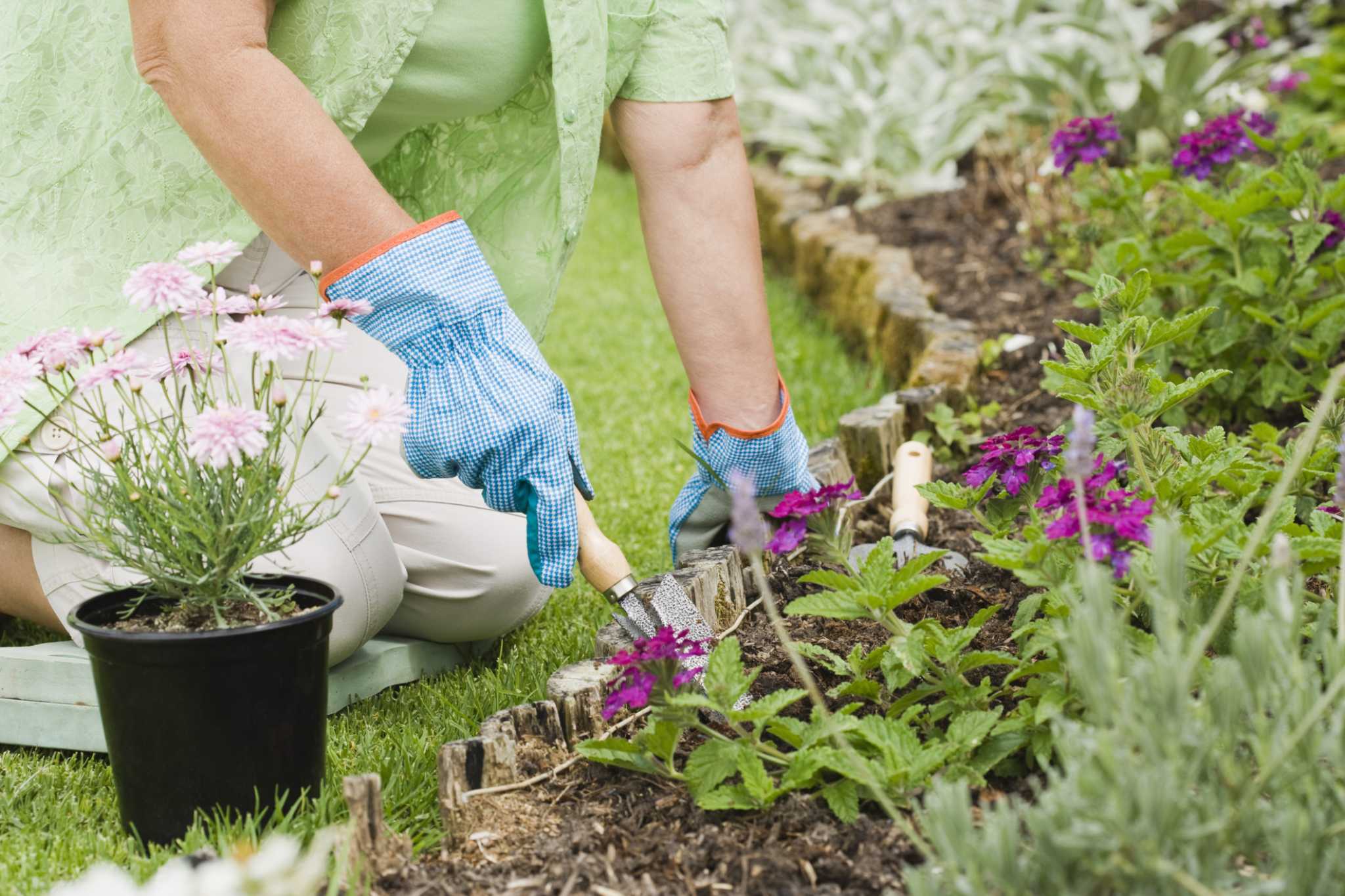
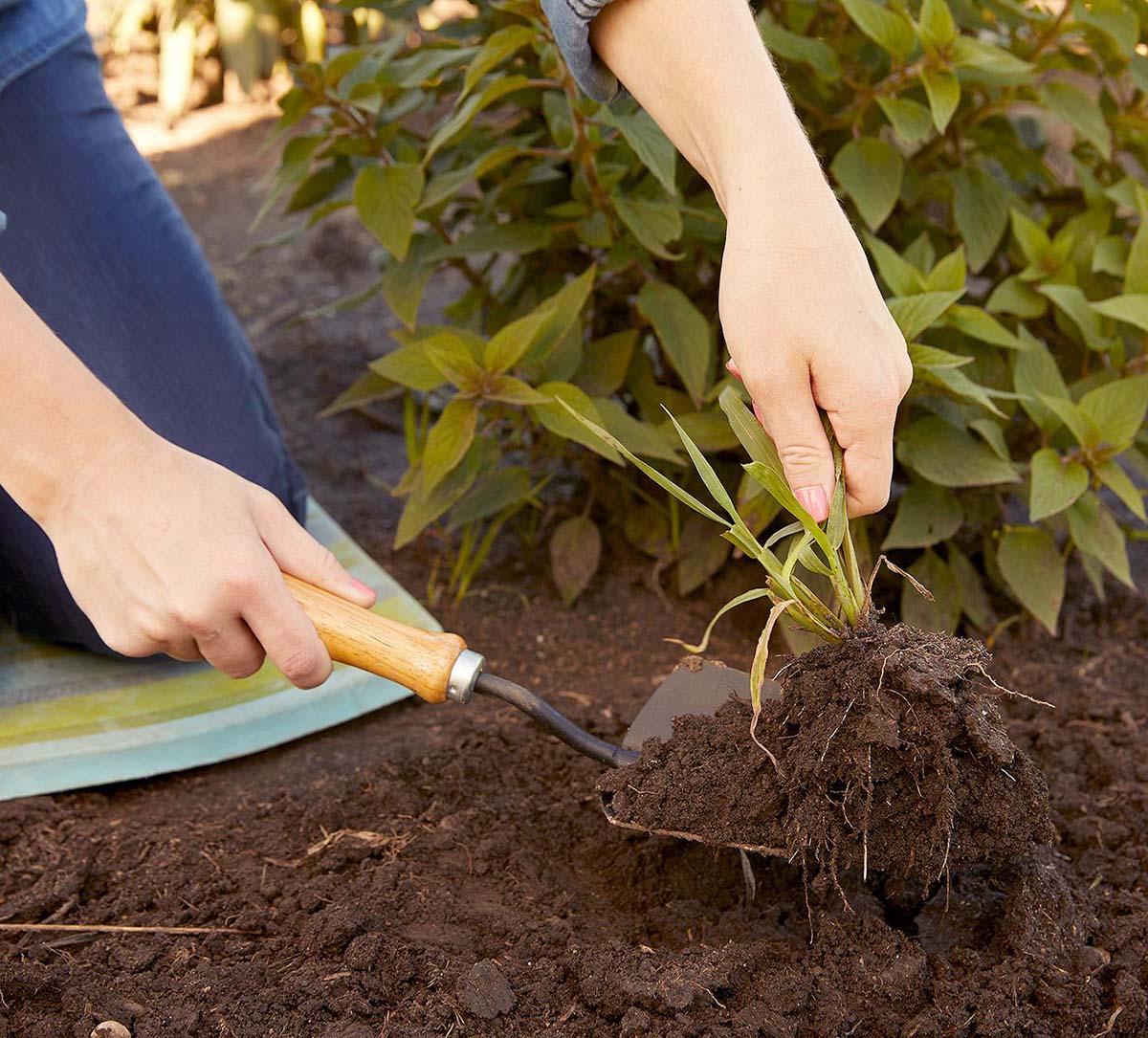

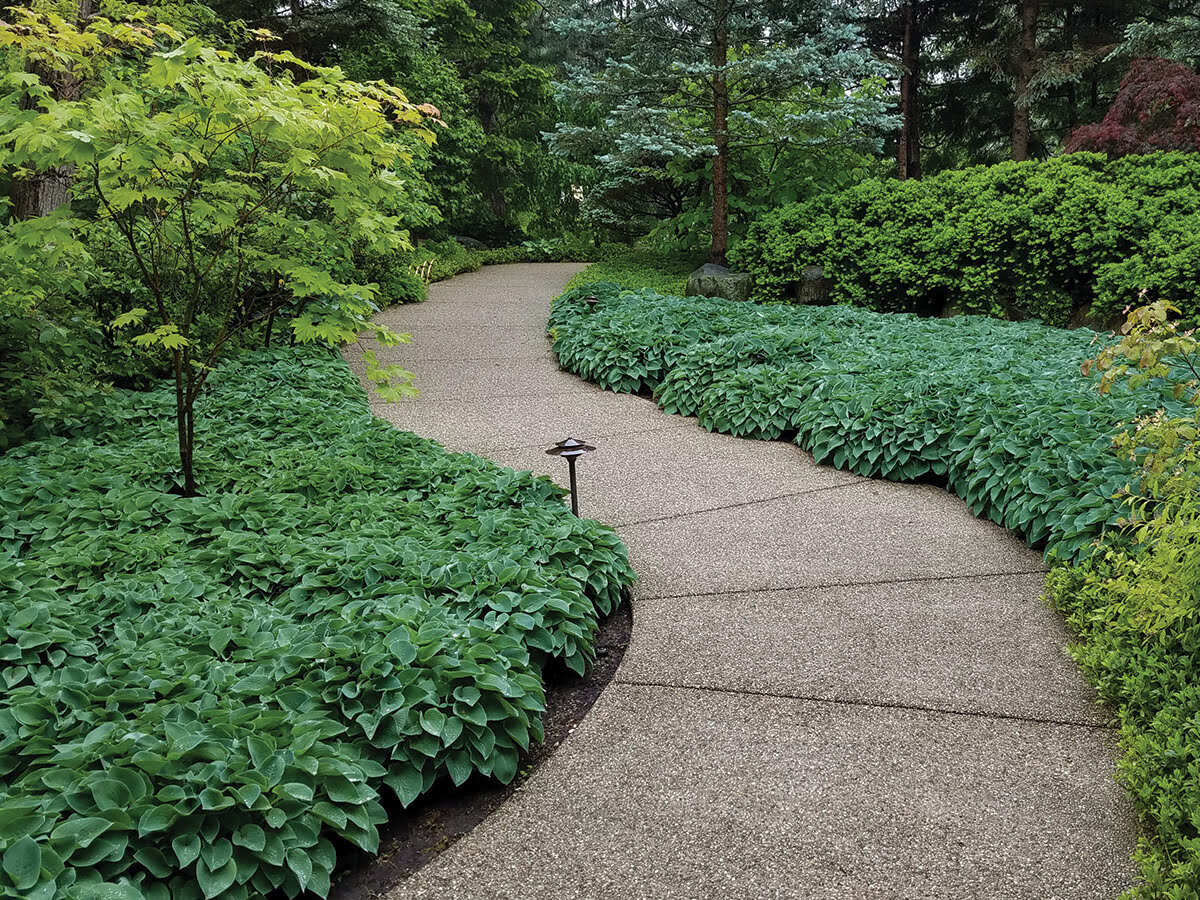



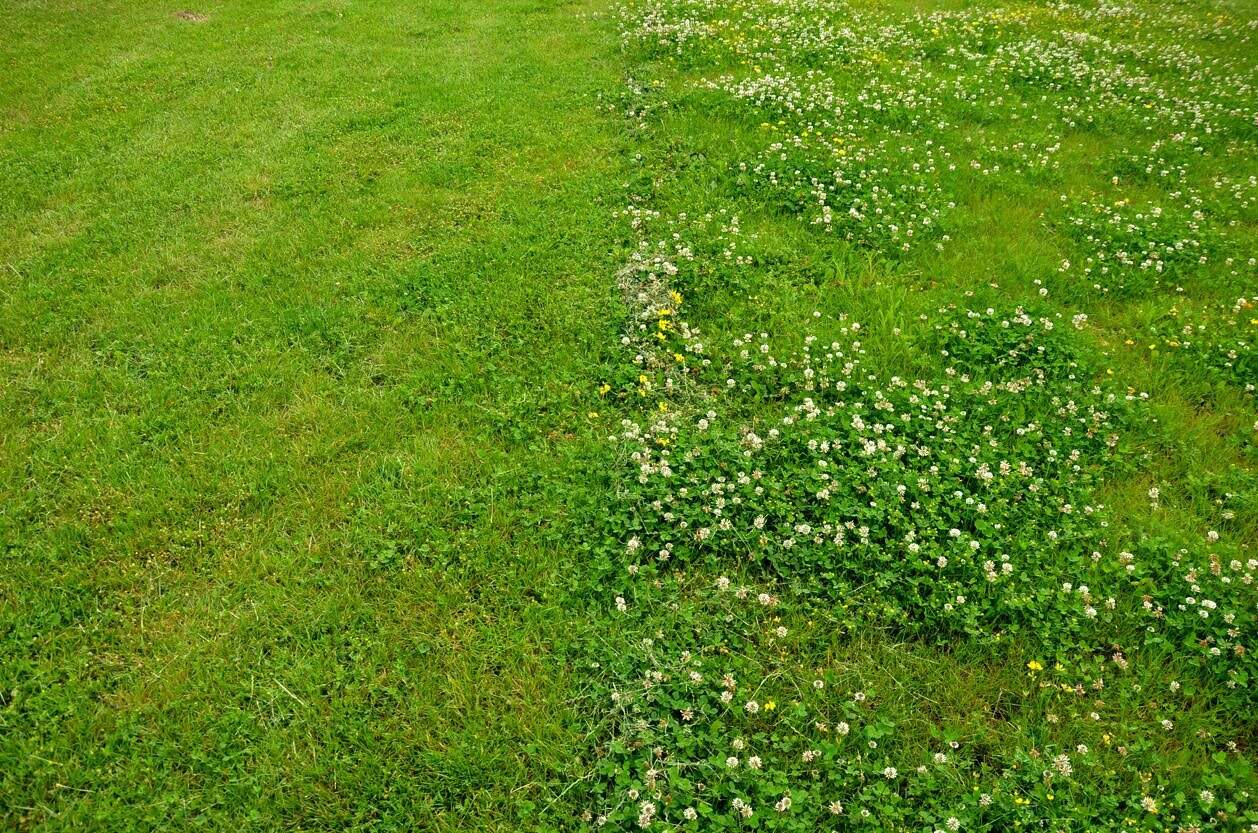


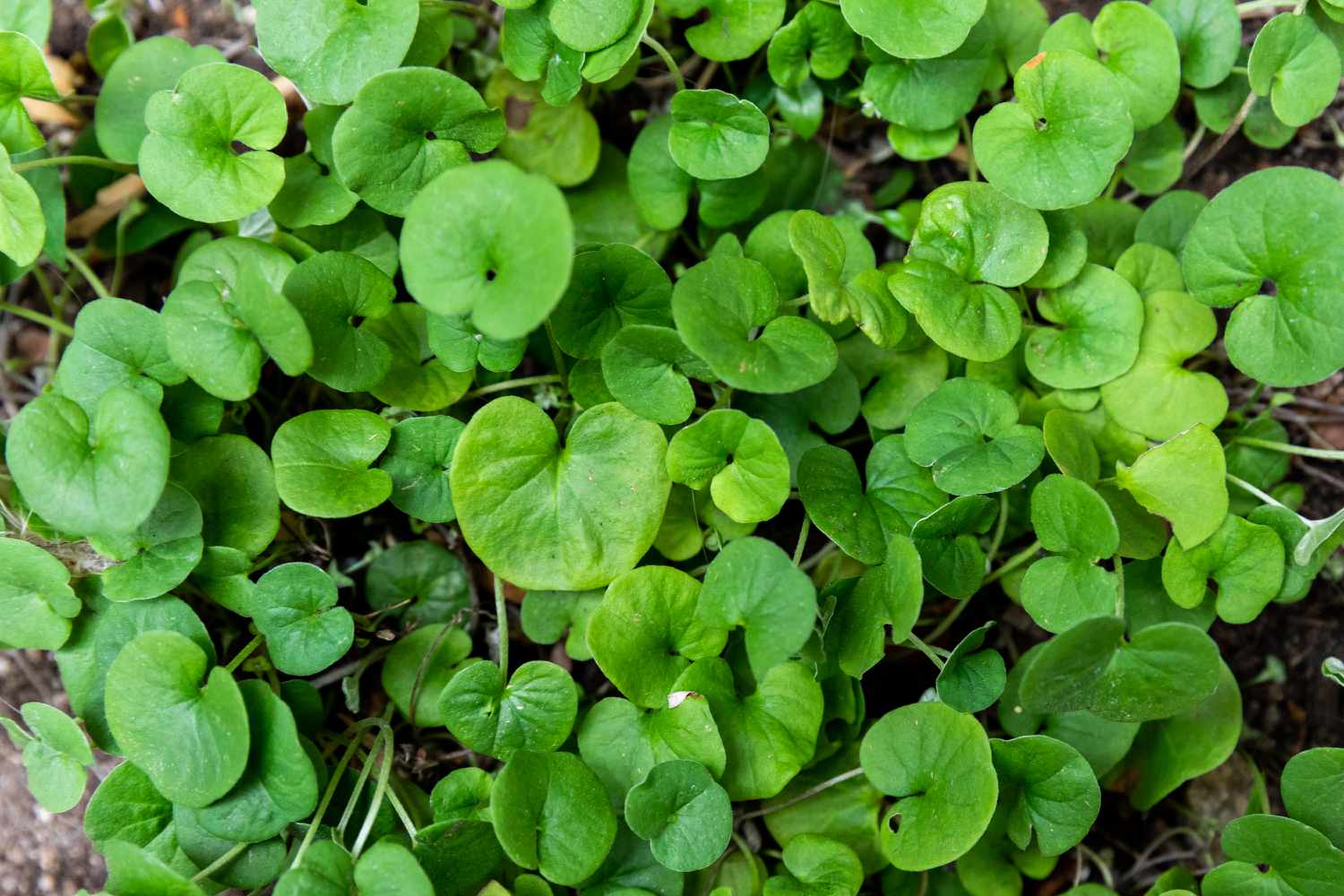
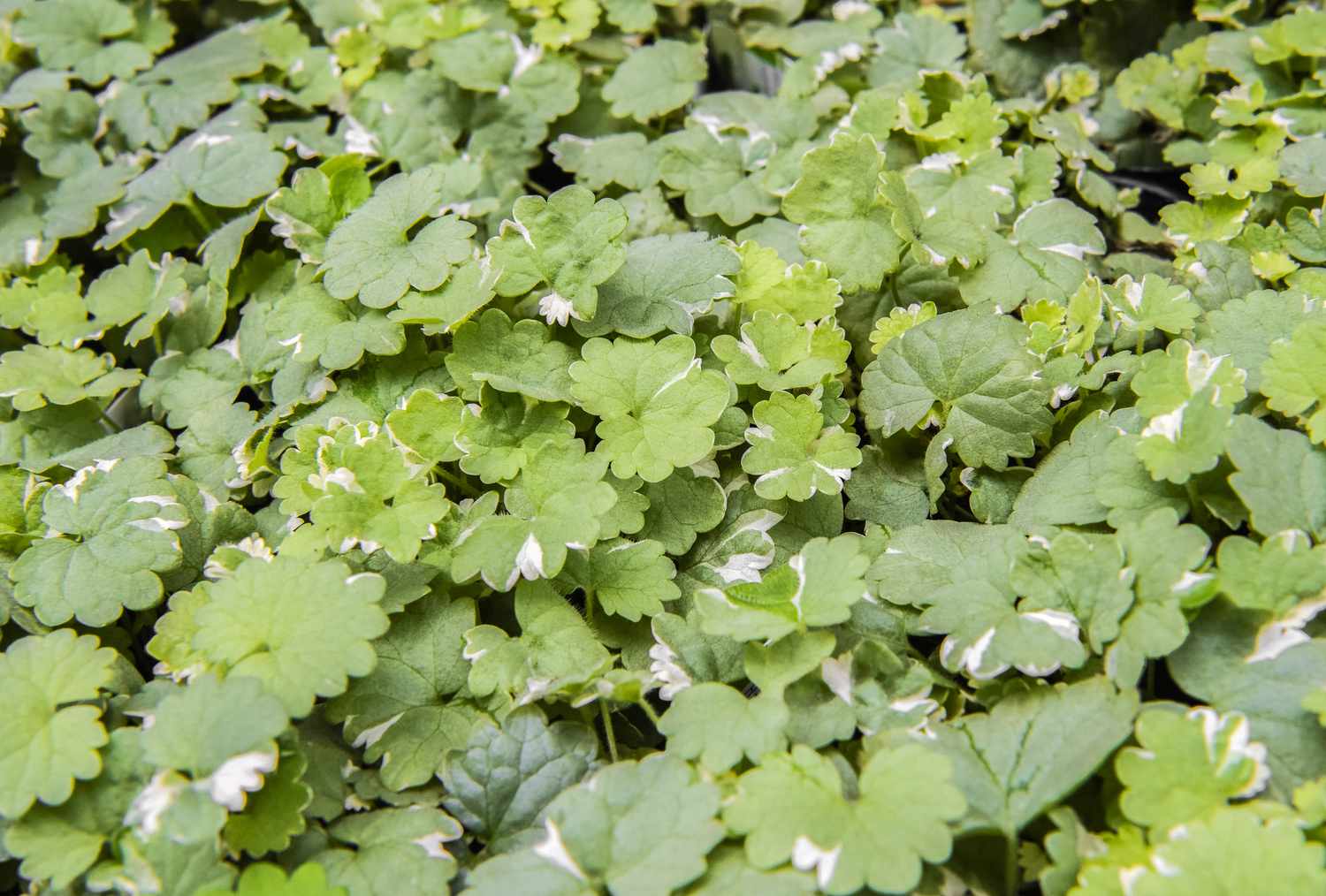
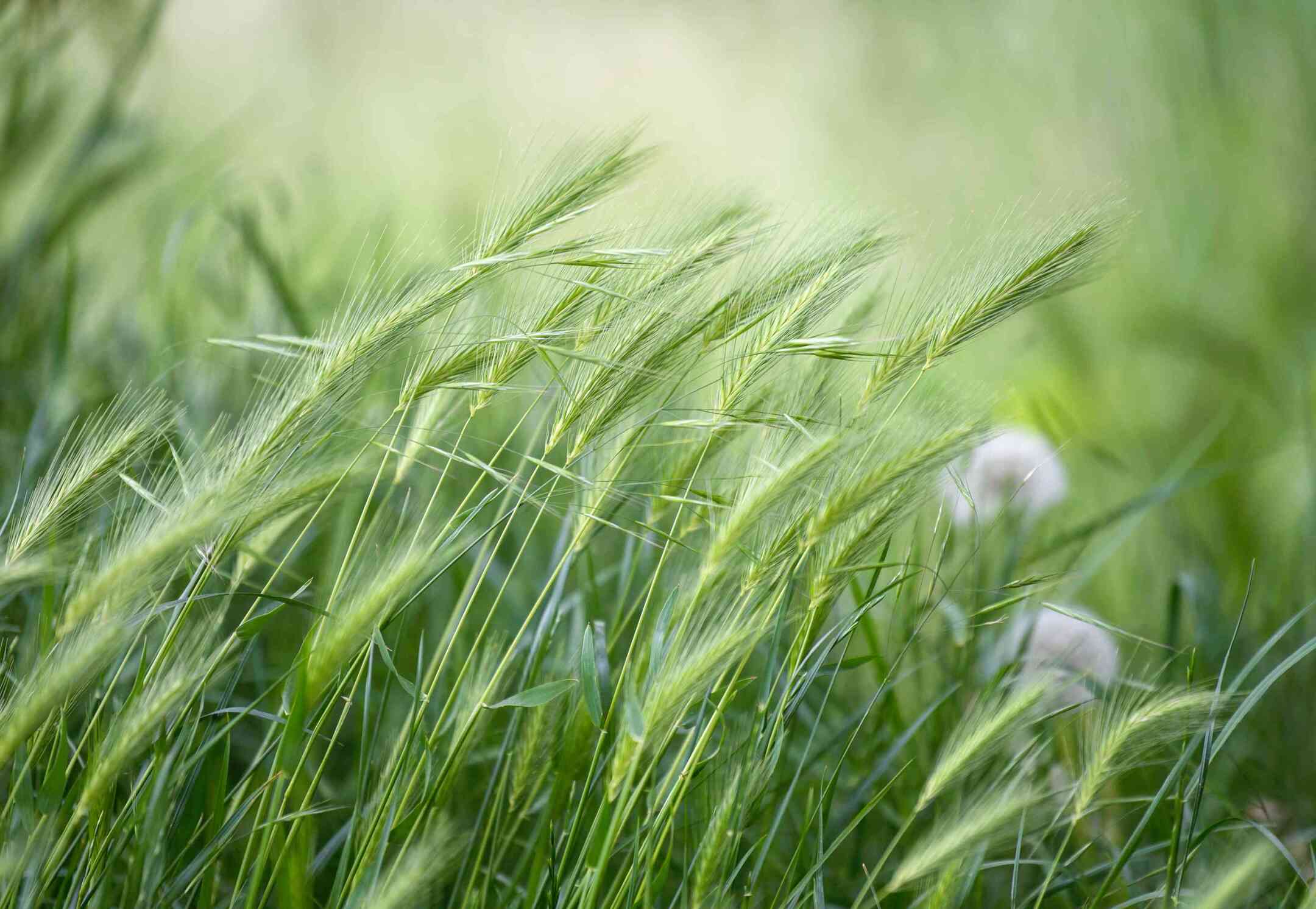

0 thoughts on “How Do I Start Red Apple Ground Cover”